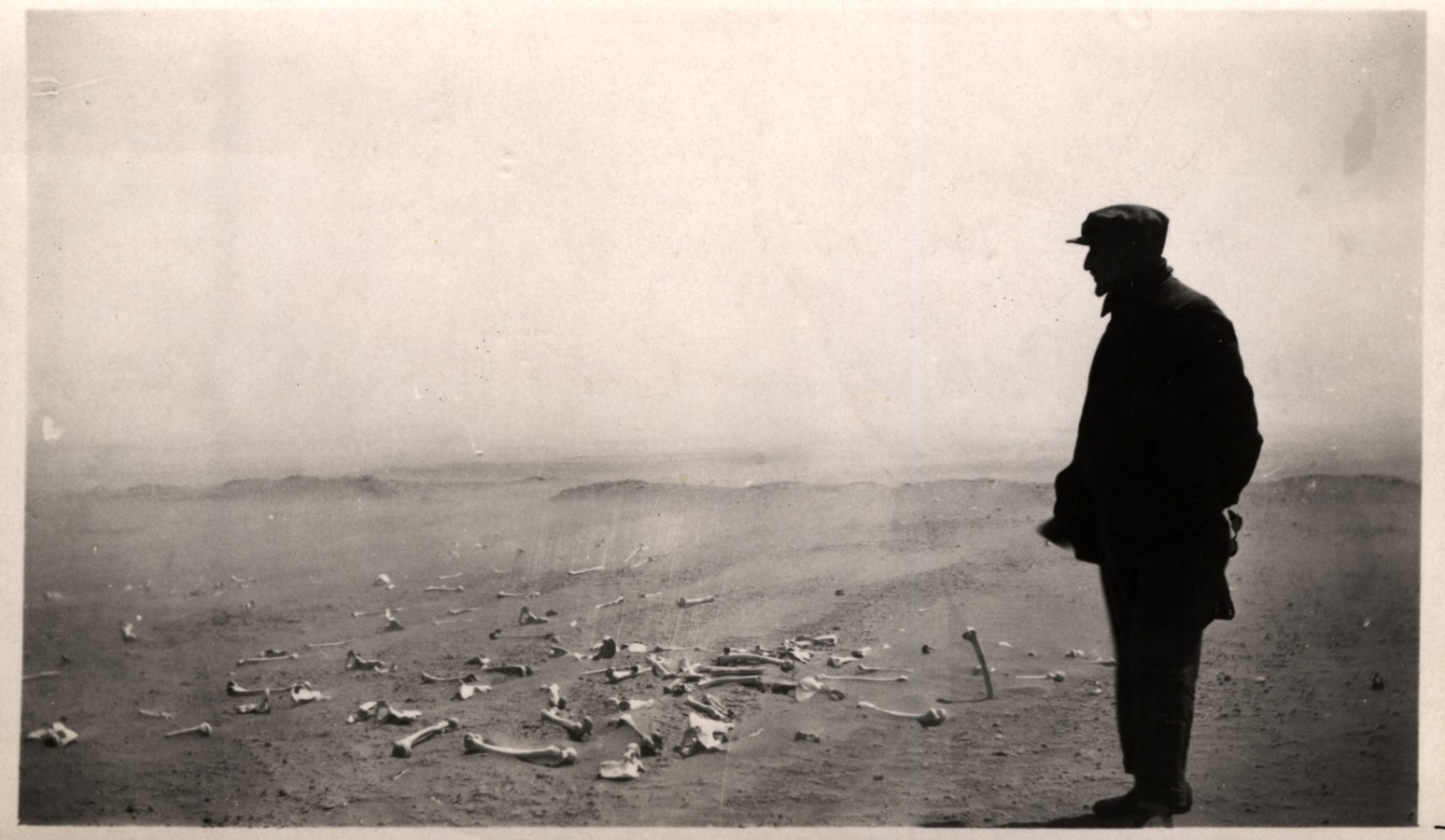At 15.4 billion miles away from Earth in interstellar space,My Brother in laws Last Fight Before Menopause Voyager 1won't last much longer.
In fact, NASA's flight engineers may have thought the 47-year-old mission had finally kicked the bucket when the uncrewed spacecraft recently went quiet. The probe had shut off its main radio transmitter for communicating with mission control.
Voyager's problem began on Oct. 16, when flight controllers sent the robotic explorer a somewhat routine command to turn on a heater. Two days later, when NASA expected to receive a response from the spacecraft, the team learned something tripped Voyager's fault protection system, which turned off its X-band transmitter. By Oct. 19, communication had altogether stopped.
The flight team was not optimistic.
However, Voyager 1 was equipped with a backup that relies on a different, albeit significantly fainter, frequency. No one knew if the second radio transmitter could still work, given the aging spacecraft's extreme distance. Days later, engineers with the Deep Space Network, a system of three enormous radio dish arrays on Earth, found the signal whispering back over the S-band transmitter. The device hadn't been used since 1981, according to NASA.
"The team is now working to gather information that will help them figure out what happened and return Voyager 1 to normal operations," NASA said in a recent mission update.
SEE ALSO: NASA spacecraft has roamed billions of miles — but hasn't reached the 'edge'This Tweet is currently unavailable. It might be loading or has been removed.
Both Voyager 1and its twin, Voyager 2, have been bopping along for nearly a half-century, far beyond their original life expectancy. Launched in 1977, the pair was originally intended to study Jupiter and Saturn, their moons, and Saturn's rings. For the two-planet journey, they were built to last just five years.
After their initial success, engineers doubled their objectives to include two more giant planets, Uranusand Neptune. Between the two spacecraft, they've explored four planets, 48 moons, and a host of planetary magnetic fields and rings.
In August 2012, Voyager 1 made history as it entered interstellar space, the region between stars, filled with material ejected by other stars that died millions of years ago. Voyager 1 and 2 are the only spacecraft ever to operate outside of the heliosphere, the region of space affected by the sun's constant flow of material.
 Voyager 1 launched from Earth in 1977 and is the farthest human-made object in space. Credit: NASA / JPL-Caltech
Voyager 1 launched from Earth in 1977 and is the farthest human-made object in space. Credit: NASA / JPL-Caltech Voyager 1 is speeding away from the solar system at over 38,000 mph and is the farthest human-made object from Earth. It is so far away that it takes 23 hours for a command to reach the spacecraft, and another 23 hours for mission control to hear back from it.
NASA has previously said the Voyagers generate about 4 fewer watts of power annually, limiting the number of systems the spacecraft can use. Flight controllers have occasionally turned off equipment to conserve power. The goal is to keep the two running beyond 2025, according to the agency.
It's not clear yet why Voyager 1's fault protection system shut off the main radio transmitter. When onboard issues occur, such as the spacecraft overdrawing its power supply, the system will automatically turn less-critical equipment off so that it can continue flying. Based on data from Voyager 1, the spacecraft should have had enough power to flip on the heater without incident.
 Voyager 1 is speeding away from the solar system at over 38,000 mph and is the farthest human-made object from Earth. Credit: NASA / JPL-Caltech graphic
Voyager 1 is speeding away from the solar system at over 38,000 mph and is the farthest human-made object from Earth. Credit: NASA / JPL-Caltech graphic Interstellar space is a high-radiation environment that nothing human-made has ever flown in before. That means the only thing the teams running the old probes can count on are surprises.
Last month the team troubleshot a thruster problem on Voyager 1. At this point in the mission, nothing is easy or guaranteed, said Voyager project manager Suzanne Dodd in a statement.
"All the decisions we will have to make going forward are going to require a lot more analysis and caution than they once did," she said.
Topics NASA
(Editor: {typename type="name"/})
 Bomb Envy
Bomb Envy
 Staff Picks: Guy de Maupassant, Gabrielle Bell, Aracelis Girmay
Staff Picks: Guy de Maupassant, Gabrielle Bell, Aracelis Girmay
 How a Forgotten American Diplomat Resisted the Armenian Genocide
How a Forgotten American Diplomat Resisted the Armenian Genocide
 15 memes for when you're feeling sad as hell
15 memes for when you're feeling sad as hell
Waymo data shows humans are terrible drivers compared to AI
 Now operating in cities like L.A., San Francisco, Phoenix, Austin, and Atlanta, the robotaxis of Way
...[Details]
Now operating in cities like L.A., San Francisco, Phoenix, Austin, and Atlanta, the robotaxis of Way
...[Details]
Portraits and Perennials: Art by Robert Kushner
 Portraits and PerennialsBy Dan PiepenbringFebruary 9, 2017Look“Portraits & Perennials,” an exhib
...[Details]
Portraits and PerennialsBy Dan PiepenbringFebruary 9, 2017Look“Portraits & Perennials,” an exhib
...[Details]
NYT's The Mini crossword answers for November 6
 The Mini is a bite-sized version of The New York Times' revered daily crossword. While the crossword
...[Details]
The Mini is a bite-sized version of The New York Times' revered daily crossword. While the crossword
...[Details]
Is the green bean a fruit or a vegetable?
 Whether you love them or want to eradicate them from the Earth, you'll probably see green beans on y
...[Details]
Whether you love them or want to eradicate them from the Earth, you'll probably see green beans on y
...[Details]
Best robot vacuum deal: Save $200 on Eufy X10 Pro Omni robot vacuum
 Save $200: As of May 16, the Eufy X10 Pro Omni robot vacuum is on sale for $699.99 at Amazon. That's
...[Details]
Save $200: As of May 16, the Eufy X10 Pro Omni robot vacuum is on sale for $699.99 at Amazon. That's
...[Details]
NYT's The Mini crossword answers for November 6
 The Mini is a bite-sized version of The New York Times' revered daily crossword. While the crossword
...[Details]
The Mini is a bite-sized version of The New York Times' revered daily crossword. While the crossword
...[Details]
Read Harry Mathew’s Comic Masterpiece in Our Digital Archive
 A Comic Masterpiece from the SeventiesBy Dan PiepenbringJanuary 26, 2017From the ArchiveFrom Carcane
...[Details]
A Comic Masterpiece from the SeventiesBy Dan PiepenbringJanuary 26, 2017From the ArchiveFrom Carcane
...[Details]
 Thomas Lux, 1946–2017By Dan PiepenbringFebruary 7, 2017In MemoriamThe poet Thomas Lux died this week
...[Details]
Thomas Lux, 1946–2017By Dan PiepenbringFebruary 7, 2017In MemoriamThe poet Thomas Lux died this week
...[Details]
NYT Connections Sports Edition hints and answers for May 19: Tips to solve Connections #238
 Connections: Sports Editionis a new version of the popular New York Times word game that seeks to te
...[Details]
Connections: Sports Editionis a new version of the popular New York Times word game that seeks to te
...[Details]
Portraits and Perennials: Art by Robert Kushner
 Portraits and PerennialsBy Dan PiepenbringFebruary 9, 2017Look“Portraits & Perennials,” an exhib
...[Details]
Portraits and PerennialsBy Dan PiepenbringFebruary 9, 2017Look“Portraits & Perennials,” an exhib
...[Details]
Best keyboard deals: Save on Asus gaming keyboards at Amazon

Twitter users plot revenge on Elon Musk by killing the platform

接受PR>=1、BR>=1,流量相当,内容相关类链接。